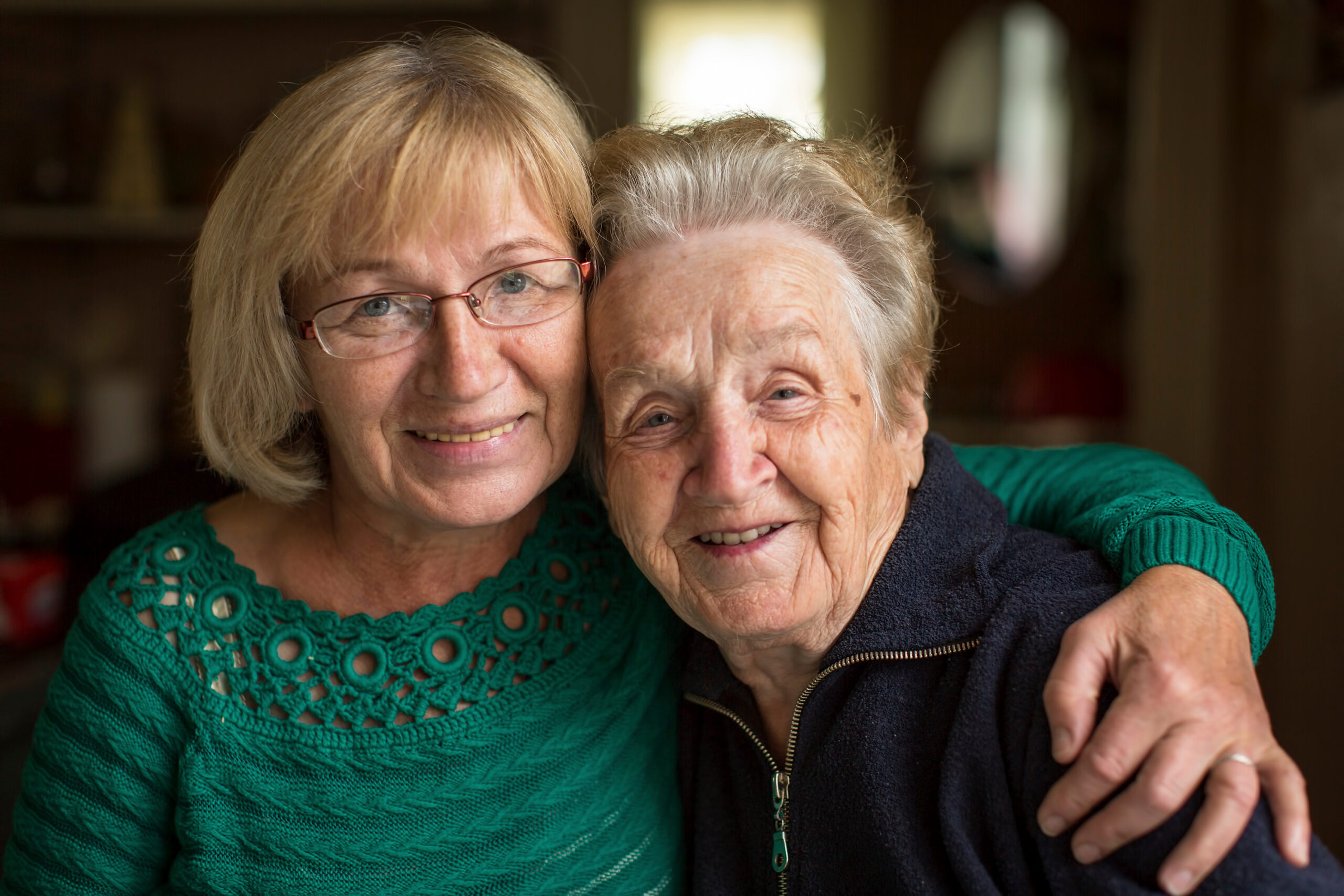The Silver Tsunami is coming, and it has far-reaching implications for the country. As the American population heads towards 2060, we’re expecting a near 50% increase in the total proportion of seniors. Experts predict seniors will go from accounting for 16% of the American population to 23%.
In this article, we’ll touch on what the Silver Tsunami is, what the implications are expected to be, and how California will need to adapt in the future.
What is the Silver Tsunami?
The aging of America is often referred to as the “Silver Tsunami.” This term is a sort of metaphor that refers to the large number of baby boomers (a significant portion of the population) who are now reaching retirement age. By 2060, many millennials will be already in or approaching retirement. The vivid imagery associated with the word “tsunami” is an attempt to explain the swelling population and the far-reaching implications it will have (both positively and negatively).
This tsunami – as it will exist in the near future – comes during (and due to) a combination of a few things – a large Baby Boomer generation approaching (or already in) retirement, better life expectancy for the elderly, and a reduced birth rate, meaning that there are fewer younger people to balance the shifting workload.
For example, according to the Centers for Disease Control and Prevention, the average life expectancy in 2020 was 77 years old. But many people currently live much longer, and experts predict that by 2060, the U.S. population will include 19.7 million individuals who are 85 and older.
Implications of the Silver Tsunami
According to the Pew Research Center, about 10,000 Americans turn 65 every day. This trend is expected to continue for the next several decades. The silver tsunami has major implications for American society. Some of these include:
- A strain on the Social Security system.
- Greater demand for healthcare and long-term care services.
- A shortage of workers in certain industries.
- A significant impact on the economy (including labor, taxes, and buying habits).
The aging of California, and America at large will present challenges for policymakers and business leaders in the years to come. American society will need to find ways to adapt to this demographic shift, and family caregivers are some of the most directly affected groups.
How Caregivers will be Affected
As the number of elderly Californians grows, so too will the demand for family and professional caregivers. This large group of Americans is entering their golden years, and many of them will need more care and assistance than ever before. This could lead to implications such as:
- Longer waitlists for nursing homes and other senior care facilities.
- Additional strain on family caregivers, who may find themselves providing more care than they are able to handle with little help and fewer alternatives.
- Greater disparities in access to high-quality care in families of color, rural areas, and poorer communities.
- Financial disadvantages for families expected to handle the bulk of caregiving.
- And much more.
The silver tsunami is sure to have a major impact on the way we care for our elderly loved ones. And it is important that we start preparing now.
How to Prepare for the Silver Tsunami
As the number of elderly Americans continues to rise, it’s important for family caregivers (i.e., almost all of us at one point in our lives), state and local governments, and medical facilities to be prepared for the challenges that come with an aging population.
Here are some ideas for how caregivers, local and state governments, and medical facilities can start to prepare for the Silver Tsunami in California:
- Ensuring that there are enough trained caregivers to meet the needs of the elderly. This may include improving government subsidies for care, improving insurance coverage, better incentivizing caregiving as a career path, providing financial assistance to families who need to hire in-home care providers, or increasing the availability of respite care services.
- Local governments can also play a role in preparing for the silver tsunami by investing in age-friendly infrastructure, such as pedestrian-friendly streets and accessible public transportation.
- Medical facilities should make sure they have adequate staff and resources to meet the needs of an older population. By taking these steps, we can ensure that everyone is better prepared for the challenges of an aging population.
- State governments can improve grants and work subsidies designed to help people who need to take time off of work to care for a loved one. (Note: currently there are partial pay protections for caregivers in California, but they aren’t always adequate to meet the caregiver’s needs).
- Improve equal access to medical care for the most heavily affected demographics.
- Past caregivers can volunteer, document their experiences, and knowledge-share to help the next generation of caregivers.
- Past and current caregivers can lobby state and local governments to take these issues seriously.
There are many other ways to start preparations for the silver tsunami, both today for baby boomers and their caregivers, and in the future for the aging Gen X, Millennial, and Gen Z populations and their caregivers.
Closing Thoughts
If you’re providing care to a loved one, we hope you found some ideas for ways to petition for better care for the aging population. To get more information about the resources we have available to you as a California caregiver, contact us at the California Caregiver Resource Center nearest to you or join CareNav for free today.
Further Reading: Getting Paid to Provide Care for a Loved One
If you are a caregiver, we recommend you check out our article about getting paid to be a caregiver in California next. Becoming a caregiver is both physically and mentally difficult, and expensive. The state of California offers several paths for least partial compensation or subsidized assistance, so click here to learn more about how to get paid to be a caregiver.
Share this post: